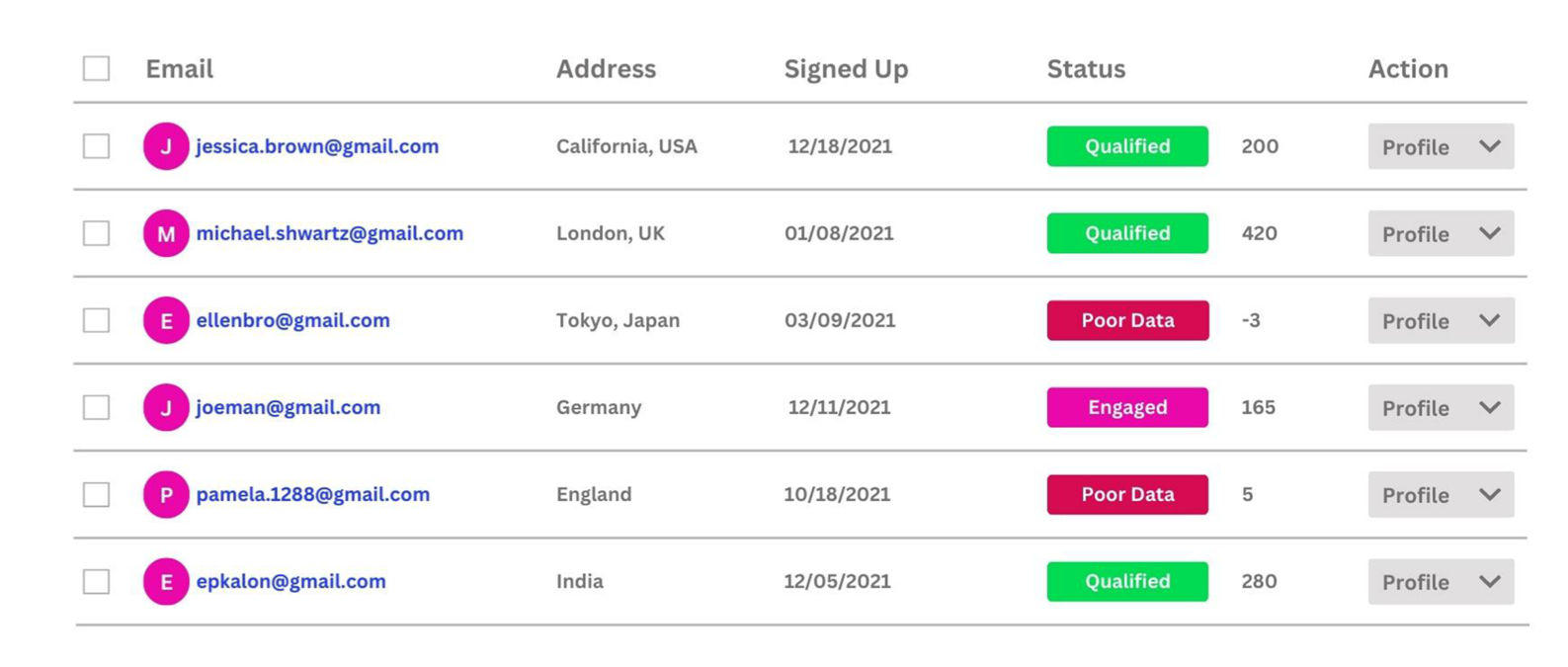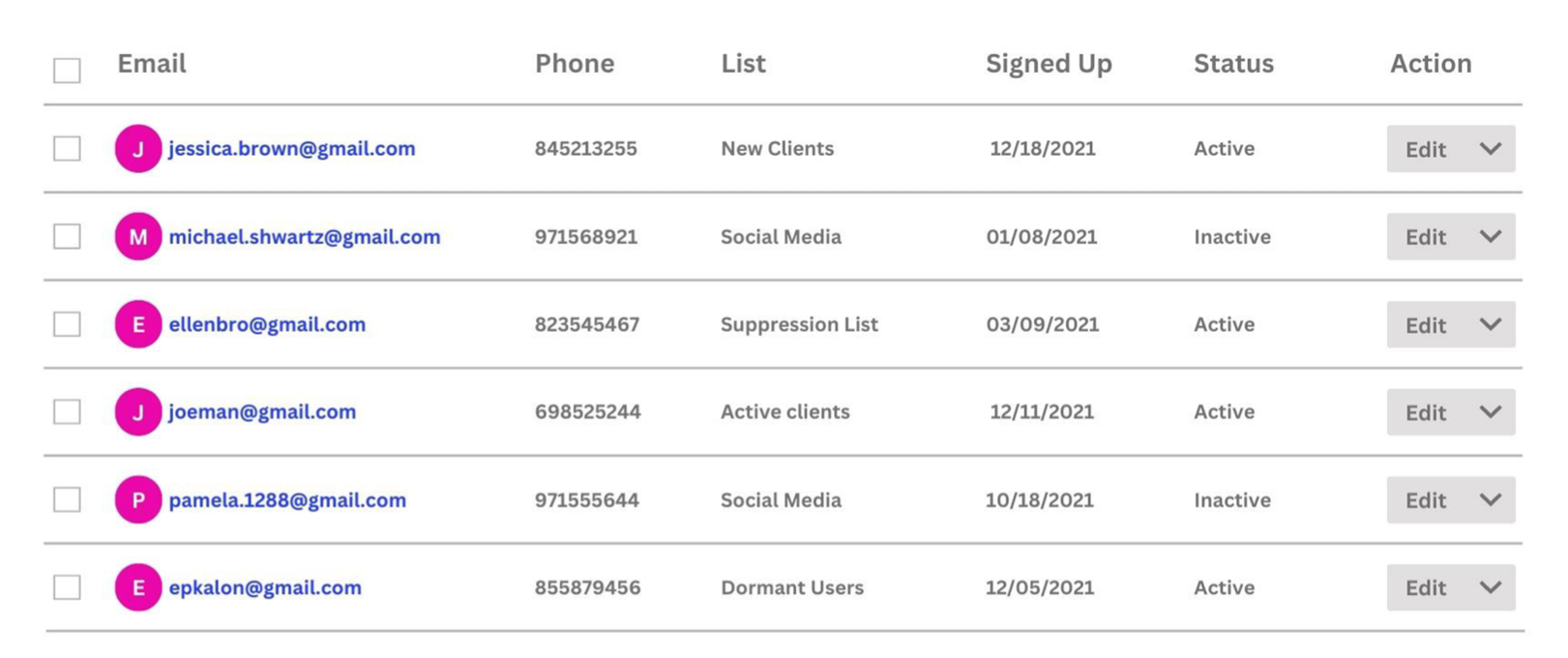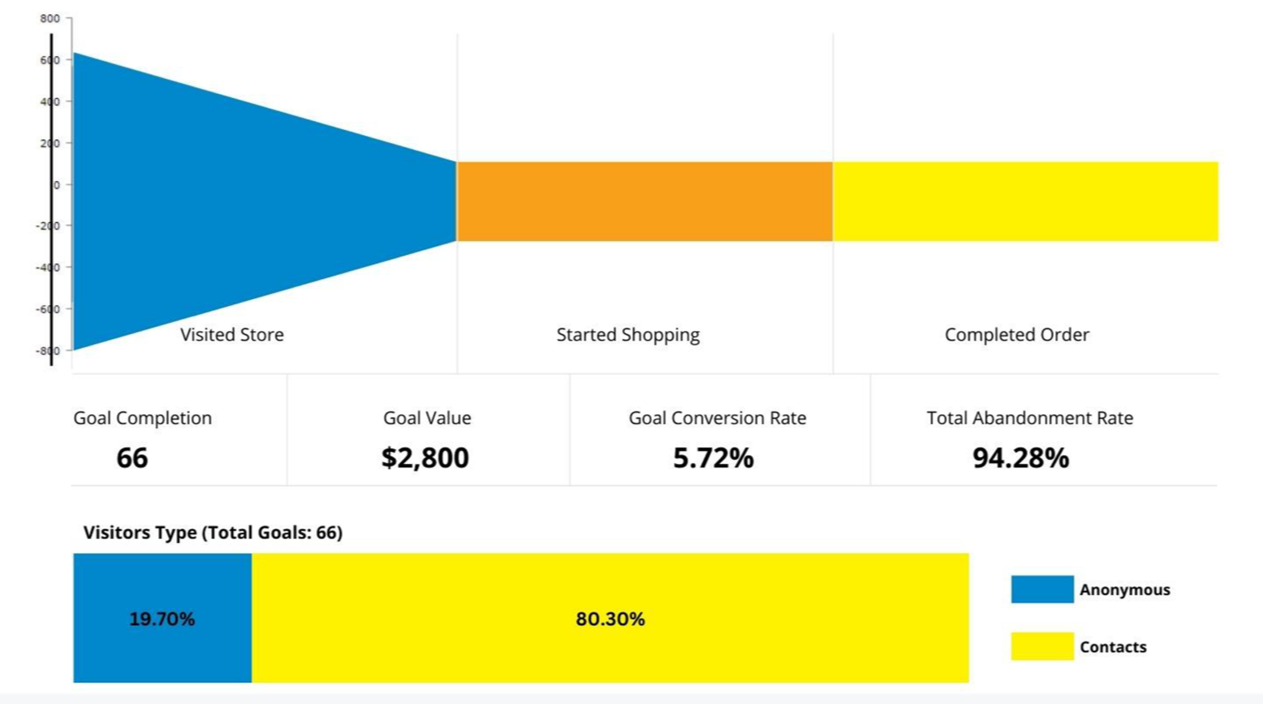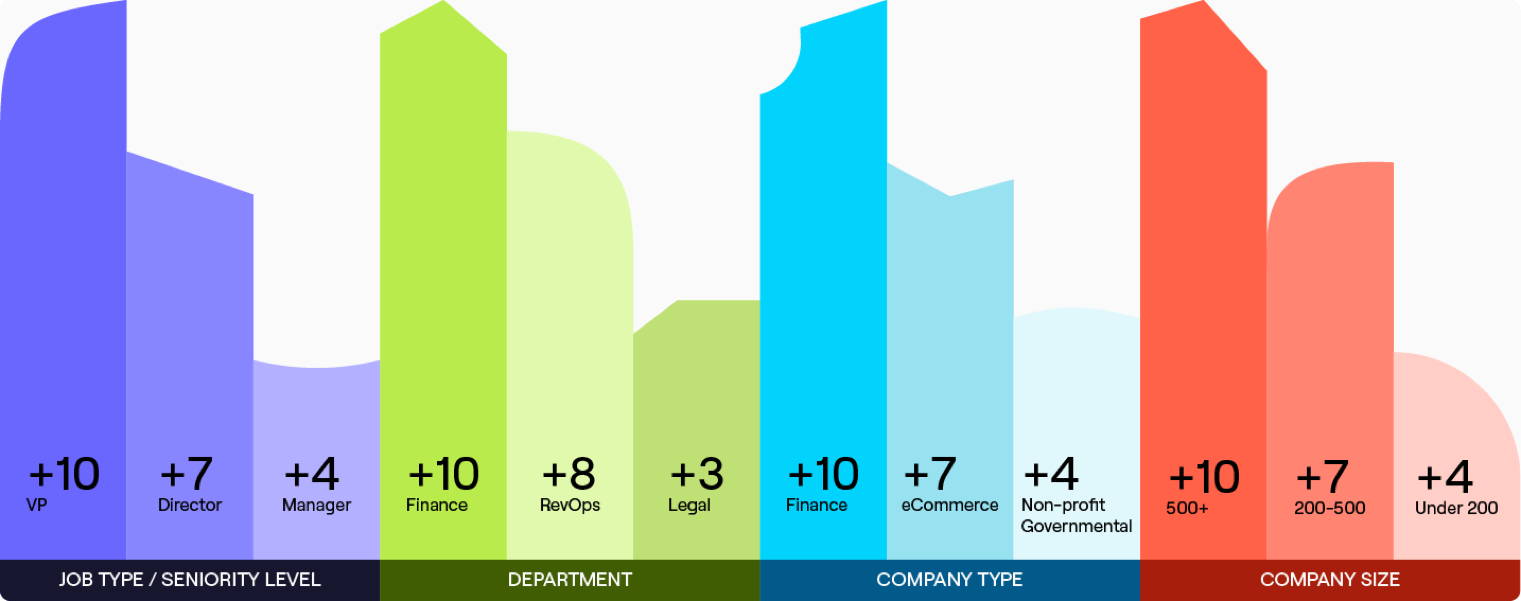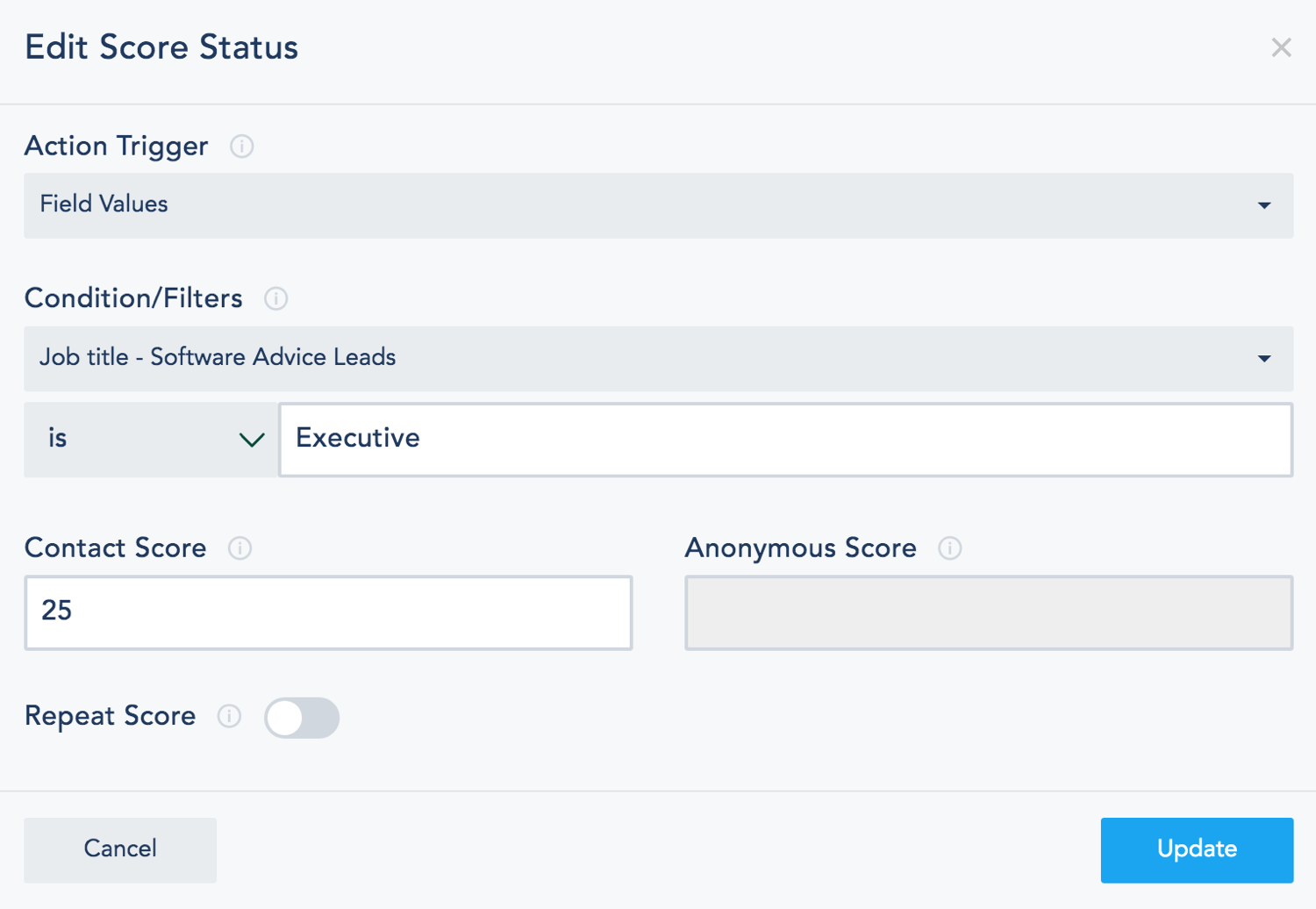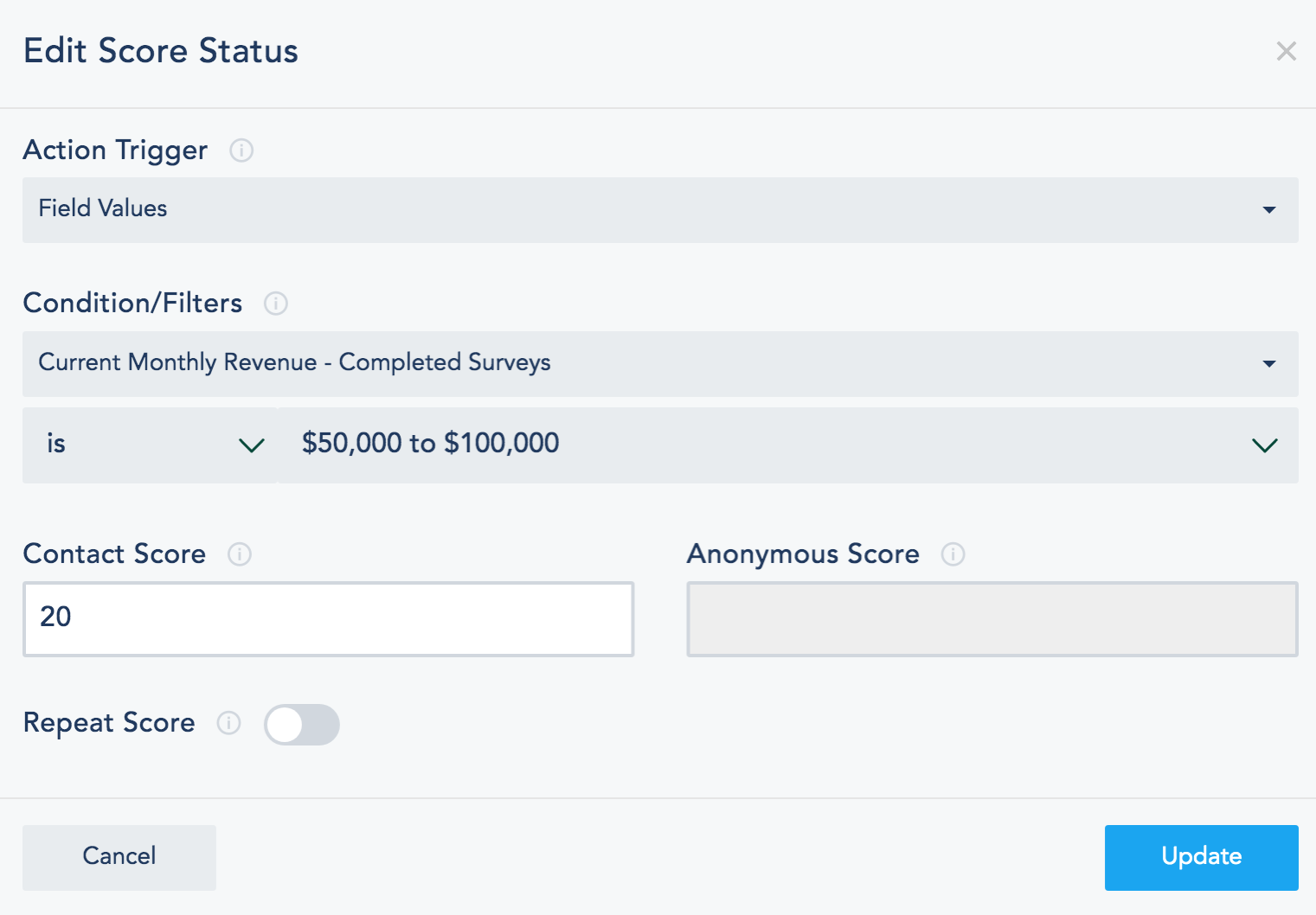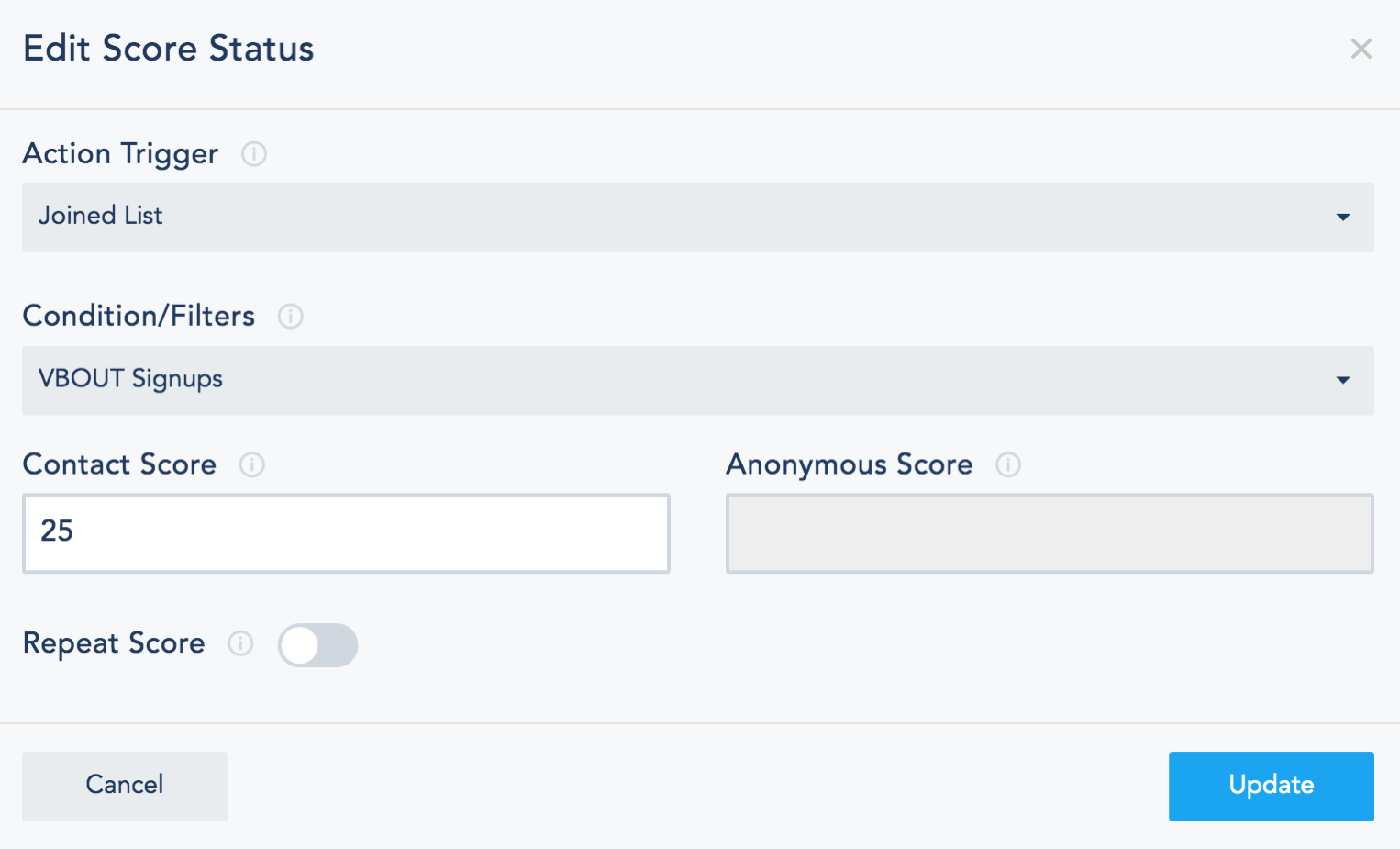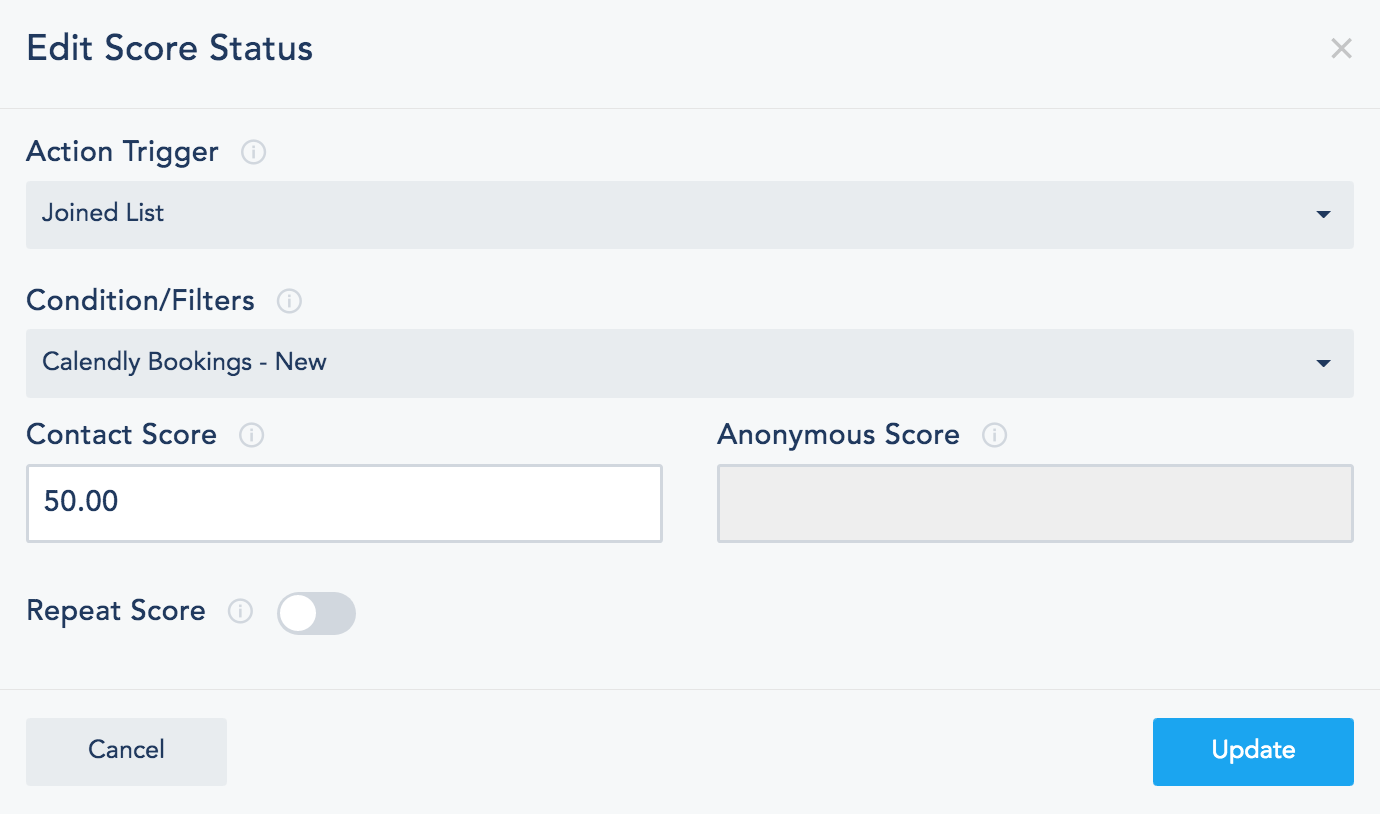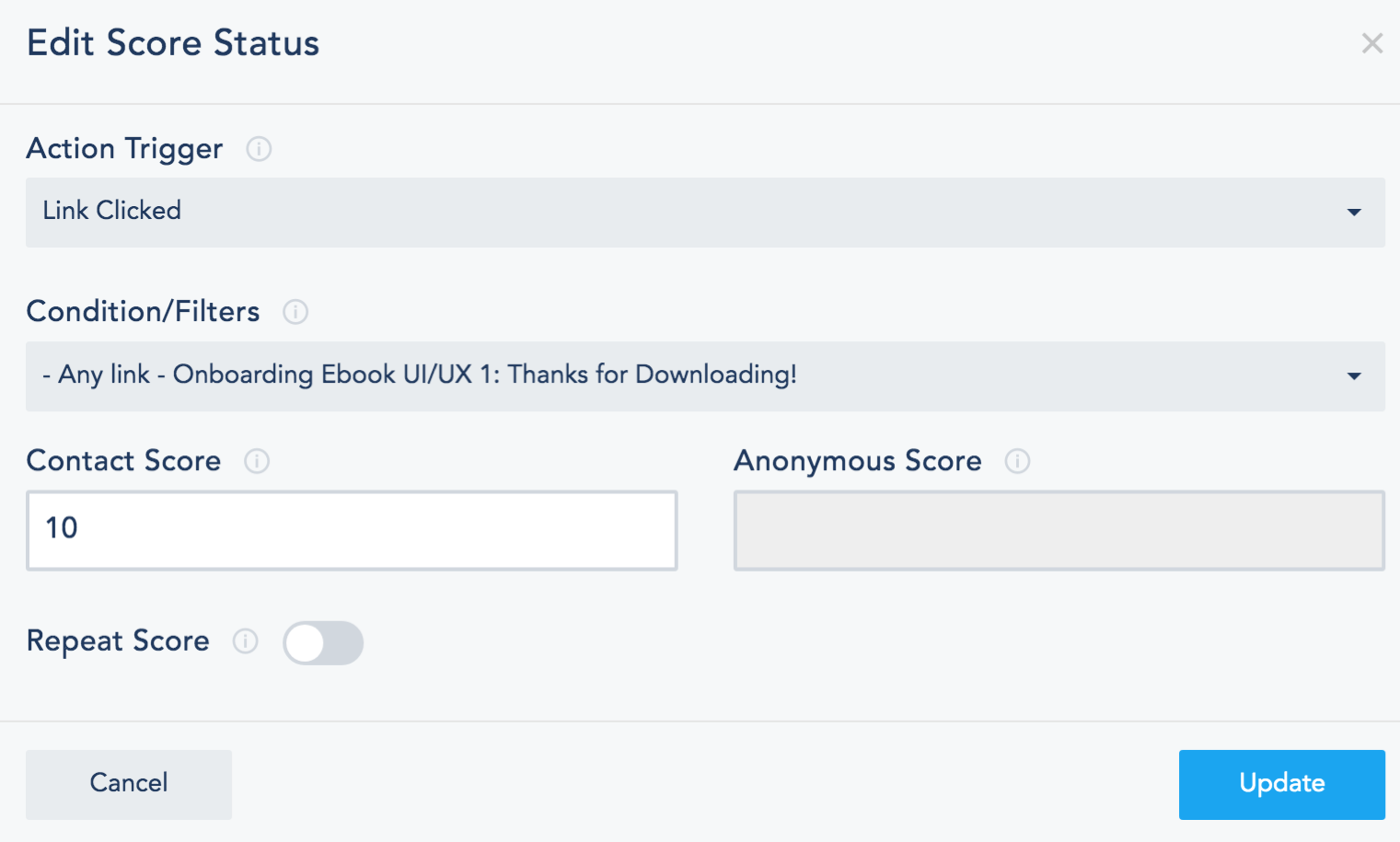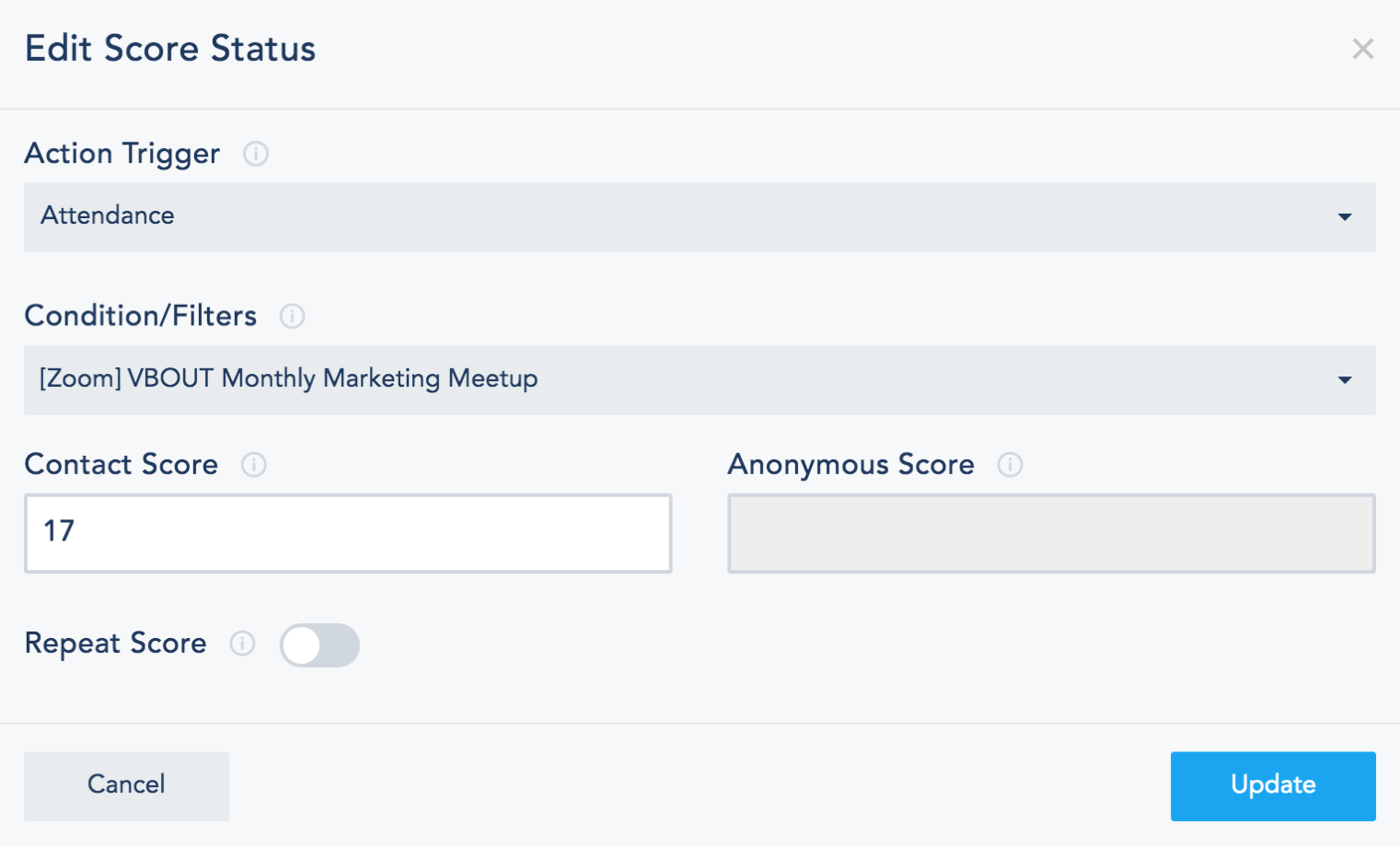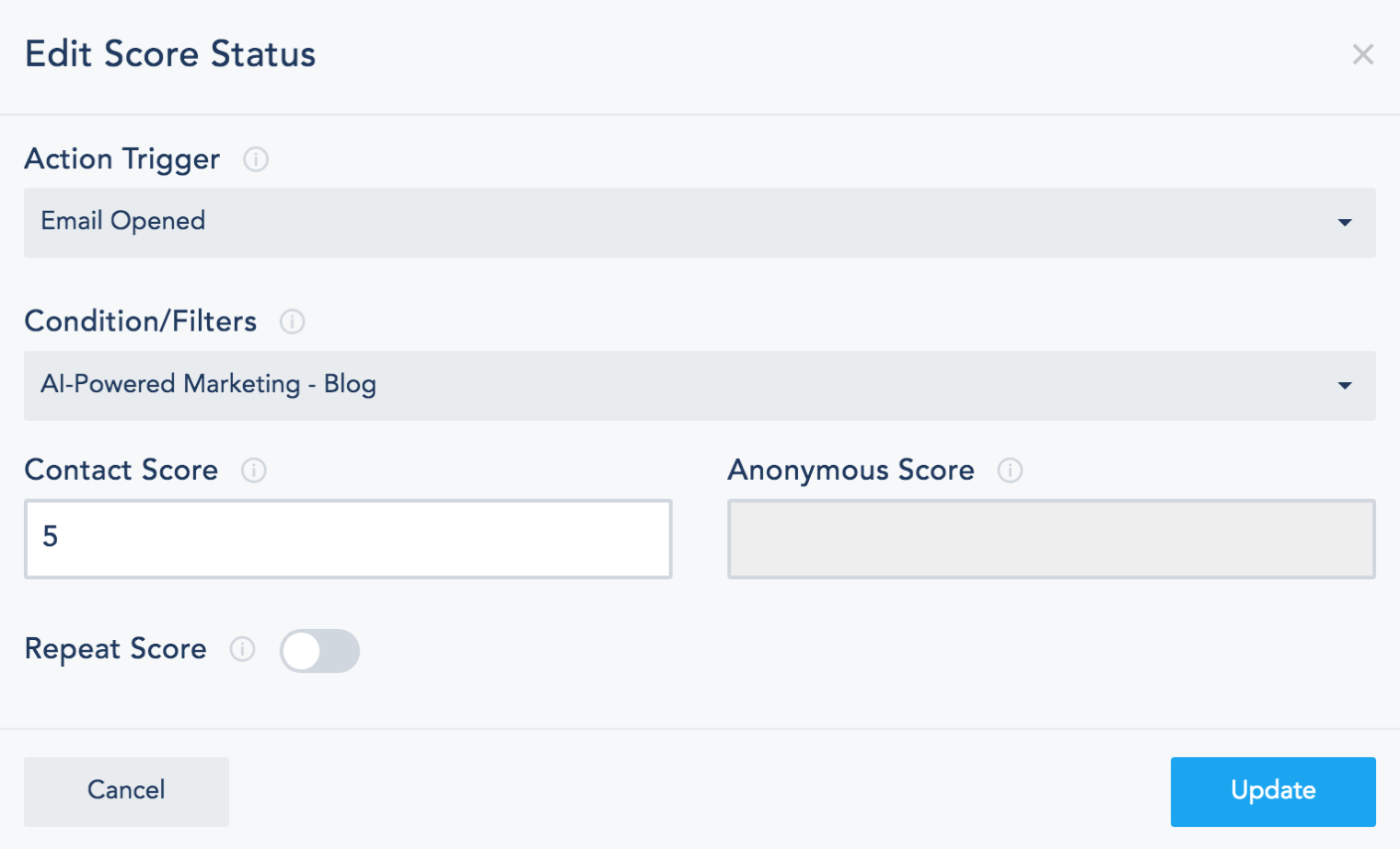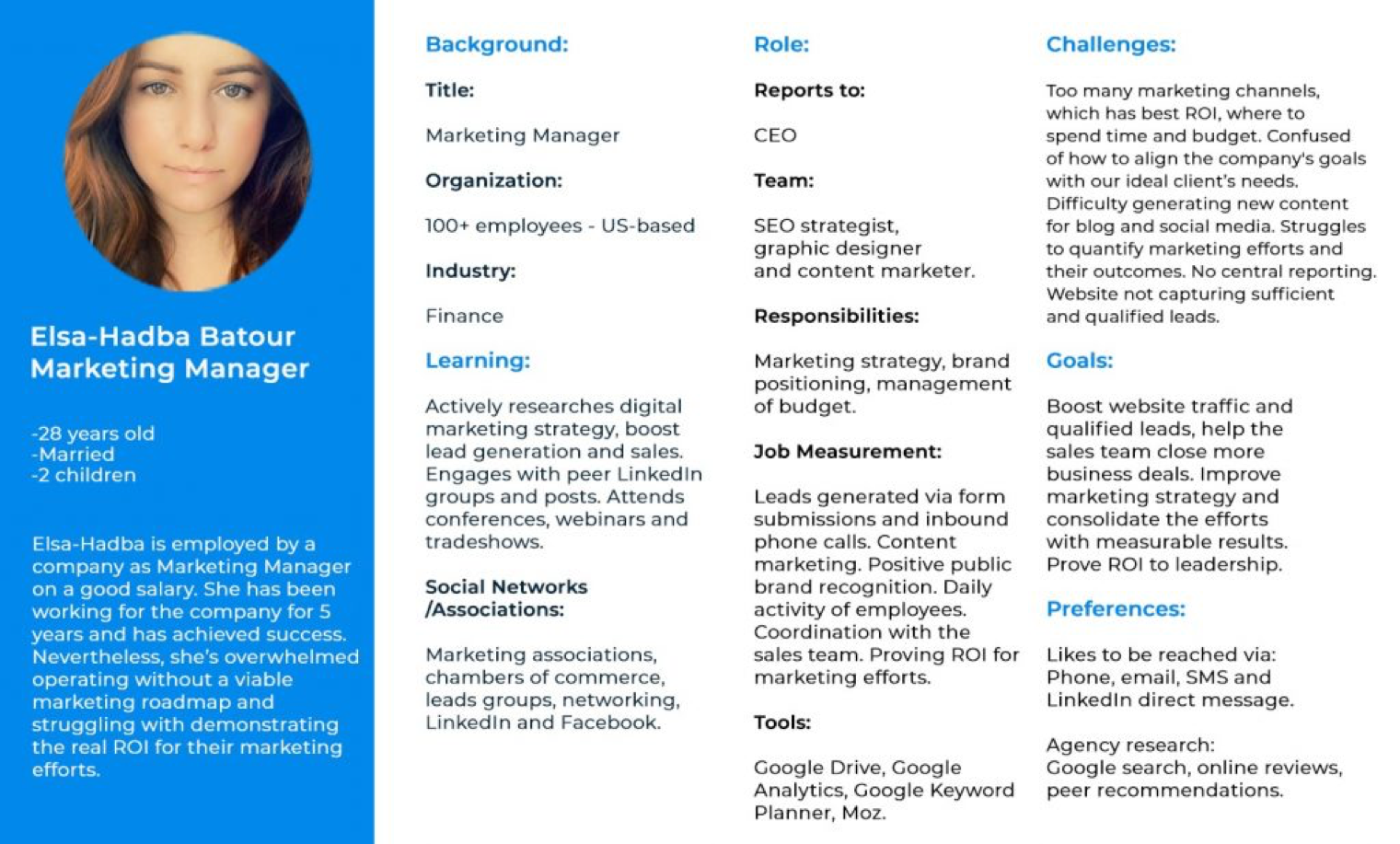The Power of Lead Scoring in Marketing Automation
In the fiercely competitive realm of digital marketing, businesses continuously seek strategies to boost the effectiveness of their marketing initiatives. A proven tactic is the application of lead scoring within marketing automation systems.
Lead scoring is a strategic method employed by marketing and sales teams to evaluate the value of leads and prospects. By assigning scores to a lead’s behavior and interest level in a product or service, businesses can differentiate valuable leads in their pipeline and guide them through the sales funnel, thus streamlining the process of converting leads into customers.
Understanding Lead Scoring
Each company has the liberty to devise its own lead scoring threshold, given there’s no standardized rule. A lead scoring threshold is the value where a prospect is likely to become a Marketing Qualified Lead (MQL), and ready to be passed to the sales team.
However, these thresholds can vary significantly between industries, and even between different businesses within the same industry. This variation can depend on factors like the length of the sales cycle, the average deal size, the nature of the product or service, the level of competition in the industry, and the buying behavior of the target audience. For instance, the threshold can be an arbitrary number starting with an MQL score of 100. If a particular lead reaches or exceeds this score, the sales team will be notified to contact him in order to close the deal. This threshold is subject to change based on empirical data and feedback from the sales team.
Below is an example of a lead scoring distribution toward a threshold:
Lead X
- 15 points: Fills out a form to download an ebook
- 10 points: Clicks on the link inside the email to download the PDF
- 25 points: Visits the demo booking page and stays more than 2 minutes
The result: Lead X got a total score of 50 points which means that he’s not an MQL yet and requires additional nurturing in order to reach the score of 100.
Lead Y
- 15 points: Signs up to attend a webinar
- 10 points: Shows up for the webinar
- 5 points: Visits the website homepage
- 10 points: Clicks to read a blog post
- 10 points: Subscribes to receive weekly newsletter updates
- 15 points: Clicks on the link inside the email to read the new marketing materials
- 50 points: Books a demo via Calendly
The result: Lead Y earned a total score of 115 that exceeds the required threshold of 100, which indicates that lead Y is an MQL and is qualified to be passed over to the sales team for a direct communication.
Benefits of Lead Scoring in Marketing Automation
Implementing lead scoring models within marketing automation systems has numerous benefits, ranging from increased conversion rates to enhanced sales and marketing alignment.
Higher Conversion Rates
Lead scoring enables marketers to prioritize leads, thus increasing the likelihood of conversion. By assigning scores based on a lead’s behavior, demographics, and engagement levels, it becomes easier to identify leads with the highest potential to become customers. According to Toplyne, businesses that utilize lead scoring witness a significant 77% surge in lead generation ROI. Consequently, marketing automation can be deployed to engage with leads at optimal times to boost conversion probabilities.
Increased Sales Efficiency
Lead scoring provides sales teams the ability to concentrate their efforts on high-priority leads. Recognizing a prospect’s position in the sales funnel allows sales teams to tailor their outreach, leading to more successful sales pitches. For instance, leads at the research stage receive nurturing marketing messages, while bottom-funnel leads are directly contacted via phone calls by the sales department.
Increased Marketing Effectiveness
Lead scoring furnishes invaluable feedback for marketing teams. By pinpointing the campaigns and marketing touchpoints that generate high-quality leads, teams can customize future communications to target leads at each stage of the sales funnel, thereby improving overall marketing effectiveness.
Reduced Lead Leakage
Lead scoring minimizes the risk of overlooking potential opportunities by meticulously tracking all leads and their engagement levels. It ensures no promising lead goes unnoticed, maximizing the potential of every interaction.
Better Sales and Marketing Alignment
One of the significant benefits of lead scoring is its capacity to enhance collaboration between marketing and sales teams. By pinpointing sales-ready leads, lead scoring facilitates open dialogues about the quality and volume of leads, fostering ongoing evaluation and refinement of the lead scoring model.
This collaboration between teams forms a powerful synergy and ensures sales teams do not waste time on leads that don’t convert, while marketing teams better determine which initiatives are driving qualified leads. The end result is lower customer acquisition cost, more effective time management, and increased revenue.
Understanding Lead Scoring Models
There are two prominent models for lead scoring: explicit and implicit scoring.
Explicit Scoring
This model gathers information directly from leads using tools like opt-in forms, landing pages, or pop-ups. The data used typically encompasses geographic, demographic, and firmographic elements such as job title, level of expertise, company size, industry, and revenue.
Source: Cognism
Geographic Scoring
This method prioritizes leads based on their location, proving advantageous to businesses that offer location-specific products or services or those employing localized marketing strategies such as targeted advertising or events. It’s particularly beneficial for local restaurants or businesses constrained to certain regions due to legal or regulatory restrictions. Scores are assigned based on a lead’s geographic location.
For instance, prospects living in Alberta, Canada, might receive a score of 15, while those in more distant locations may earn a lower score.
Job Title/Seniority Level
Identifying a lead’s job title or seniority level is pivotal, especially when seeking decision-makers with substantial purchasing power. This information can help guide your engagement strategy throughout the sales cycle, allowing for more personalized and effective communication.
For instance, communication with a C-suite executive at a large corporation might be more formal and strategic, focusing on ROI and long-term business benefits. Conversely, for a lead who is a small business owner, the emphasis might be on operational efficiency, cost savings, and personalized service. Understanding a lead’s position and level of seniority can better tailor your marketing approach to meet their specific needs and expectations.
Company Type (Size, Industry & Revenue)
Recognizing your product’s fit for different types of companies is critical. Whether your product is more suitable for SMBs or large enterprises can significantly affect its appeal to a particular lead. For example, if your product offers affordable pricing plans, it might resonate more with SMBs.
Conversely, if your product falls into a high-stakes industry, such as cybersecurity, it might be more suitable for larger enterprises due to its high importance and potential cost.
Implicit Scoring
Implicit scoring involves assessing the behavior and engagement of leads. Actions such as visiting your website, booking demos, signing up for free trials, downloading ebooks/whitepapers, and attending webinars are considered. According to DemandZen, a lead generation service company, this type of scoring offers insights into potential purchasing intent by tracking specific behavioral patterns.
Source: Cognism
Website Visits/Forms Fills
Monitoring website visits and form fills can be an indicator of a lead’s interest. For instance, leads who frequently visit key pages and actively engage through form fills exhibit higher levels of interest and are likely to receive more points than those who only visit your pages once or twice and leave without any further interaction.
Demo Bookings and Free Trial Signups
Booking a demo or signing up for a free trial represents a significant commitment from a lead, implying that they are seriously considering your product or service and wish to explore more. These leads have progressed beyond the awareness stage and are closer to making a purchase. Such proactive behavior should be rewarded with a high score as these leads are potentially on the verge of conversion.
Content Downloads (Ebooks, Whitepapers)
Leads downloading content, such as Ebooks or Whitepapers, demonstrate a heightened level of engagement and interest in your offerings, suggesting they are serious about their purchasing journey. Essentially, these actions indicate a willingness to invest time in understanding your products, services, or the industry you operate within. Therefore, these leads should be assigned a higher score as they exhibit a deeper commitment to their buying journey.
Webinar Attendance
Regular attendance at your webinars or events signifies an engaged and potentially high-quality lead. Leads demonstrating such consistent engagement should be accorded higher scores due to their potential for conversion into customers.
Email Activity
High open rates and click-through rates are critical email marketing metrics that should factor into your lead scoring. For instance, a lead who regularly opens your emails and clicks on the links within these campaigns demonstrates a higher level of interest in your offerings compared to a lead who doesn’t interact with your messages.
It’s crucial to note that, compared to open rates, the click-through rate (CTR) is considered a more actionable measurement. Higher CTR shows significant commitment from recipients, indicating they are not just opening your emails but actively engaging with your content.
Best Lead Scoring Practices for B2B
For B2B marketers aiming to utilize lead scoring effectively, these practices are crucial:
Creating Ideal Customer Profiles
An Ideal Customer Profile (ICP) is a hypothetical description of the type of company that would derive the most value from your product or service, and therefore would be the most likely to remain a loyal customer over time. Developing an ICP is a critical exercise for B2B organizations as it helps to focus marketing and sales efforts on the most lucrative prospects.
When crafting your ICP, consider which explicit data points are the most common among your best customers. Similarly, look at the implicit behaviors most frequently demonstrated by leads that convert. For instance, you might find that leads who attend a webinar or download a certain ebook are more likely to become customers.
The ICP can be used to score new leads. For example, a lead that matches the firmographic characteristics of your ICP and has demonstrated high levels of engagement might be given a high score, indicating they are a high-potential lead. These high-scoring leads should then be prioritized in your marketing and sales efforts.
In this way, creating an Ideal Customer Profile and using it in your lead scoring model empowers you to focus your resources on the leads that are most likely to convert. It can help you craft personalized content and messaging to engage these leads, nurturing them through the buyer’s journey and encouraging them to convert.
Identifying Lead Touchpoints
Understanding where your leads interact with your brand can aid in effectively prioritizing and nurturing them through the sales funnel. By recognizing these touchpoints, marketing teams can guide leads toward key interactions, pushing them closer to conversion. For example, if a lead has shown interest by opening an email, reminders can be sent to encourage further actions such as downloading an ebook.
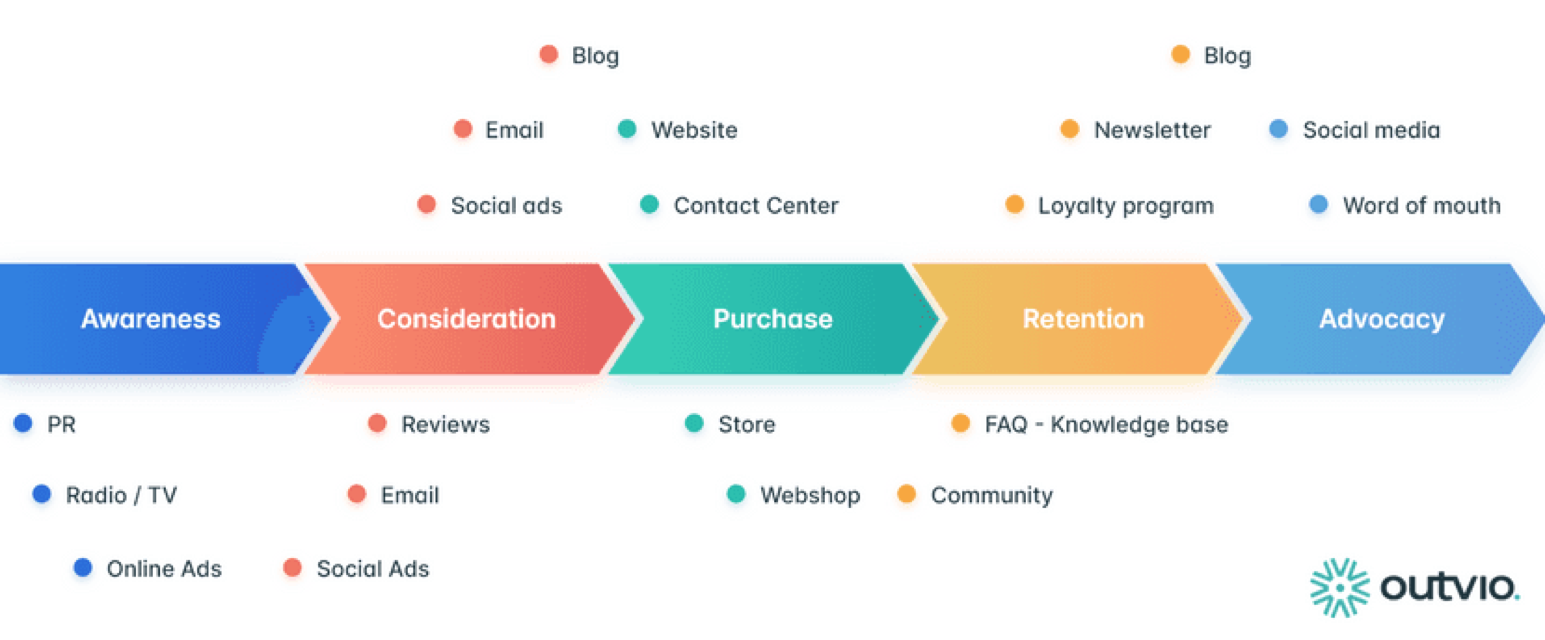
Source Outvio
Ensuring Seamless Marketing & Sales Coordination
A collaborative approach between your marketing and sales teams can enhance the efficiency and efficacy of your efforts. For instance, sales could share insights about which blog posts or case studies have helped close deals, allowing the marketing team to optimize or replicate these successful elements.
Both teams should work together to establish lead scoring criteria, analyze data, monitor lead touchpoints, and routinely evaluate and refine the system for better results.
Developing Your Lead Scoring System
This process involves assigning scores based on the significance and engagement level of various interactions and activities. Points could range from high for strong interest indicators (such as webinar attendance, which could be worth 15 points) to lower for less engaging activities (like opening an email or visiting a specific webpage, which could be worth 5 points).
Using Negative Scoring
Negative scoring can help distinguish between high-potential leads and those with a lower likelihood of conversion. It involves deducting points for signs of disinterest or unpreparedness. Negative actions or inactivity, such as unsubscribing, email bounces, spam complaints, inaccurate form submissions, or extended periods of inactivity, result in a reduction of scores. This decrease in score helps indicate a lead’s disinterest or lack of readiness for a purchase.
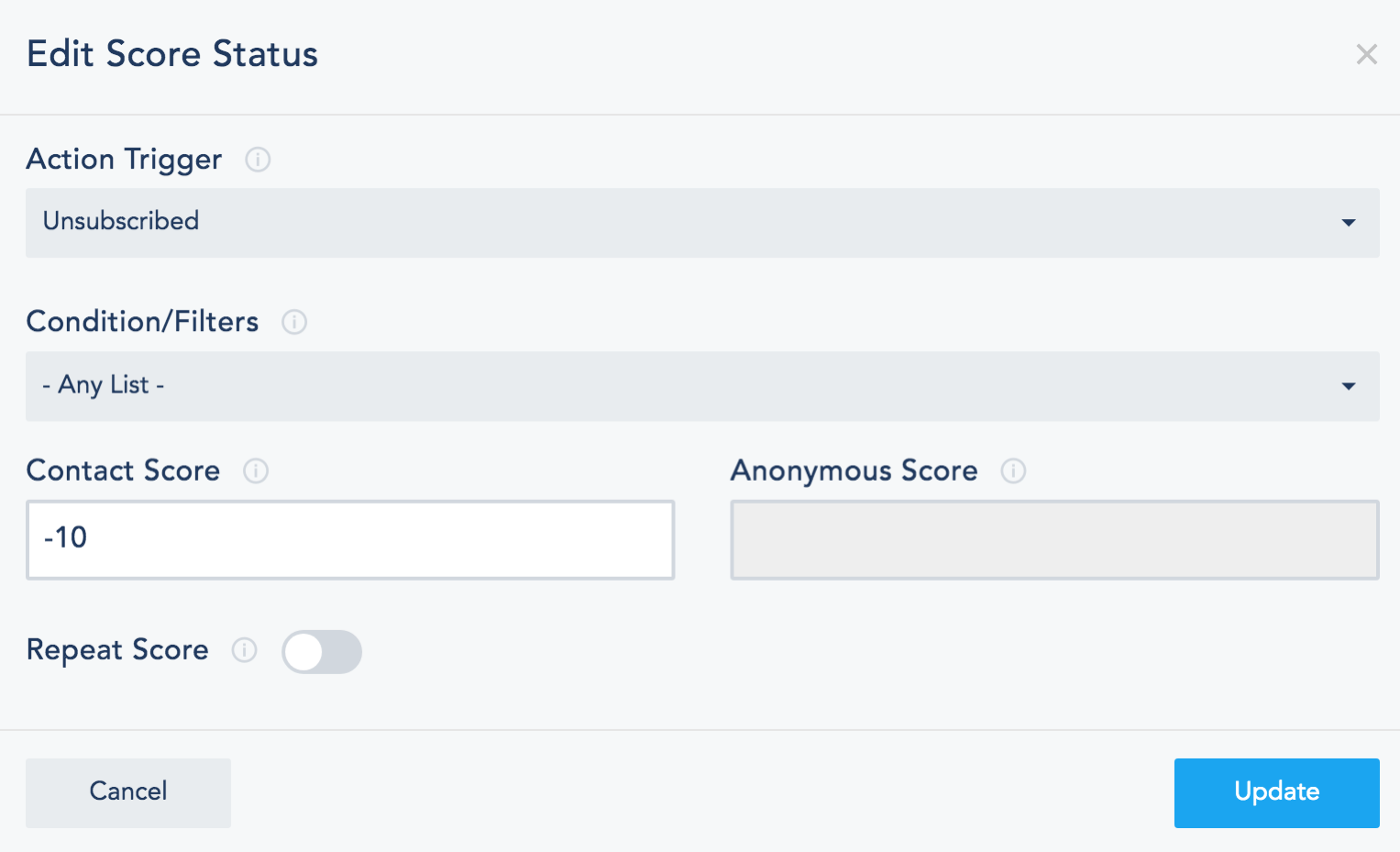
Conclusion
To sum up, implementing a comprehensive and efficient lead scoring model within your marketing automation process can profoundly enhance your lead conversion rates, thus contributing significantly to overall sales success. A well-crafted lead scoring system allows your sales team to focus their efforts on high-potential leads, reducing time spent on those less likely to convert and optimize your resources. It’s crucial to remember that successful lead scoring isn’t a one-off event; it’s a dynamic, ongoing process. It demands regular evaluation, fine-tuning, and refinement to ensure its effectiveness and relevancy in an ever-evolving market. So, start today, and let lead scoring propel your business to new heights.


